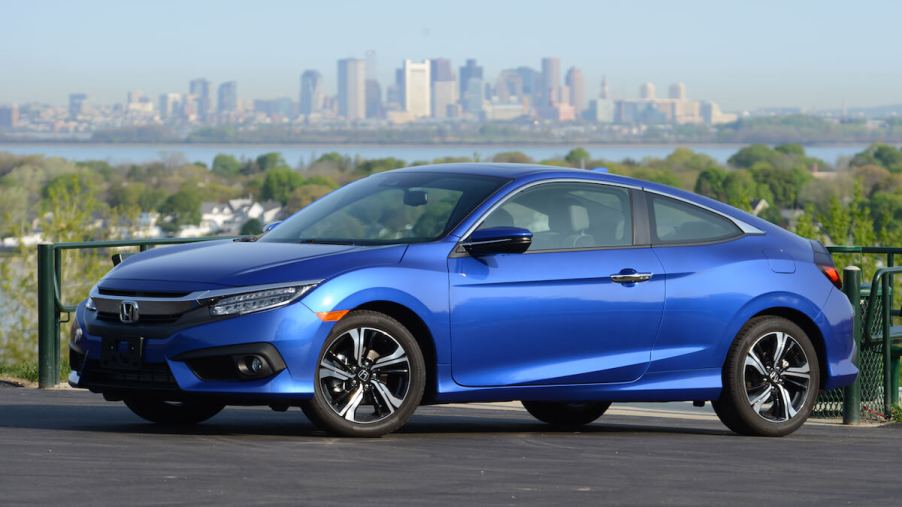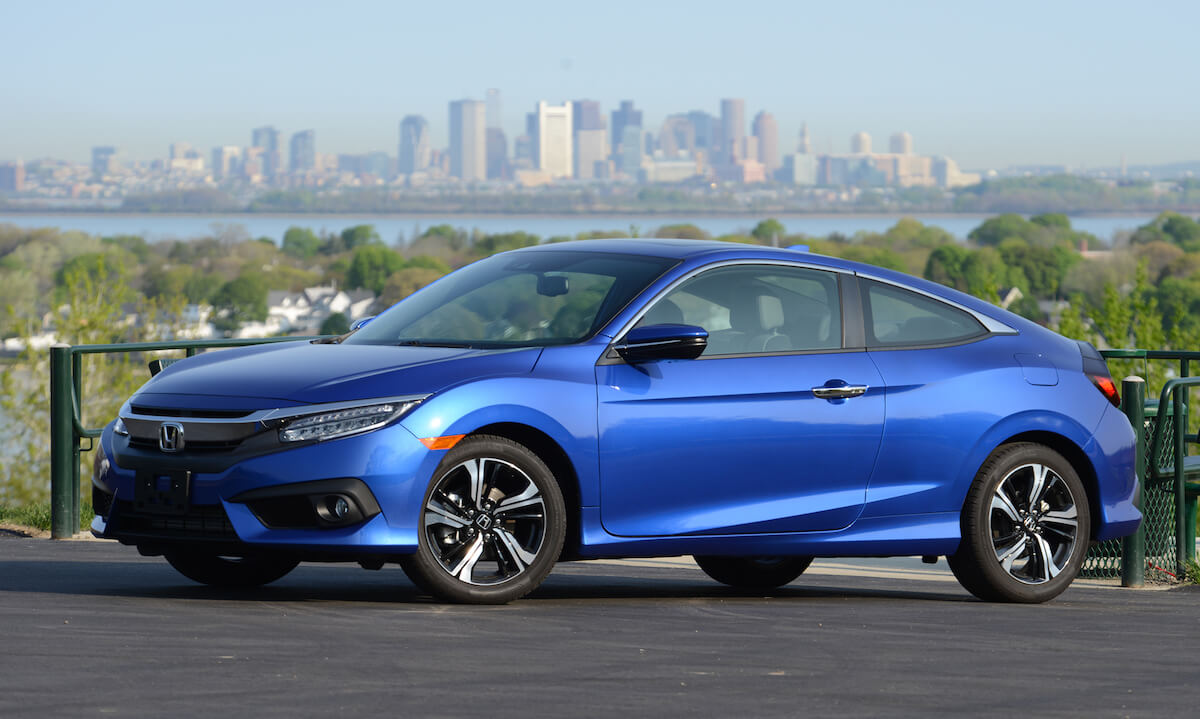
Why Is a Coupe Called a Coupe?
The coupe has historically been a very popular vehicle design that comes in a variety of shapes and sizes. From practical cars to the classiest of sports cars, the coupe design is featured on pretty much every vehicle imaginable. While the coupe is a popular type of car class, some confusion still exists when it comes to its similarities with sedans, as well as where its name stems from. Find out more about the history of coupes and why a coupe is called a coupe below.

What is a coupe?
In the automotive industry, the term coupe has been used to define a two-door car with a fixed roof, at least two seats in at least one row, and at least two side windows. Of course, this criteria ensures that coupes reside on the smaller side compared to most other vehicles.
However, coupes can come in many different shapes and sizes, from sporty coupes like the Jaguar F-Type Coupe to business coupes like the AMC Gremlin to everything in between.
While it’s easy to see that a coupe refers to a two-door vehicle, with a little research, this information still doesn’t answer the question of where does the term, coupe, come from? Plus, how do you even pronounce it?
Well, the origin of the term coupe stems from the French word coupé, which means “to cut.” According to Rocket Auto, in French, the word is pronounced: “koo-pay.” However, the pronunciation of the word has become Americanized in the States, where people refer to this car with the pronunciation “koop.”
The history behind the coupe
So, it’s clear that a coupe is simply a type of car class with two doors and comes from the French word which means “to cut.” However, what’s not so clear is how the coupe obtained its name.
To discover the origin of the term coupe, we must head back to the 18th century for a moment. During the 1700s, horse-drawn carriages were the primary form of transportation. According to Bhalogari, the body design of the modern coupe was based on 18th-century carriages, which were cut into a shorter version with two front seats without any rear seats behind.
Early versions of the coupe were easily identifiable as they shared the same general format as the coupe carriages. Interestingly, when these small two-passenger vehicles were first introduced, they were initially called the Berline Coupe. However, the name soon became shortened to just Coupe.
Another interesting fact about the history of the coupe is that The Society of Automobile Engineers organized the coupe into three primary categories in 1916. The “coupe” was simply used to refer to an enclosed bar where a driver could sit inside with two people.
A “coupelet” was used to reference a small car for two or three people with a folding top, full-height doors, and retractable windows. The third categorization was the “convertible coupe,” which is simply a usual coupe with a removable roof.
The difference between a coupe and a sedan
There are many similarities between coupes and sedans. Of course, these similarities often lead to some confusion between their classifications. However, there are some key differences that consumers should be aware of when it comes to differentiating coupes from sedans.
Both the coupe and the sedan are types of cars that exhibit the three-box design. Essentially, with a three-box design, there are distinct compartments for the engine bay, passengers, and trunk. What makes a coupe different than a sedan comes down to its doors. A coupe simply has two doors, whereas a sedan has four.


